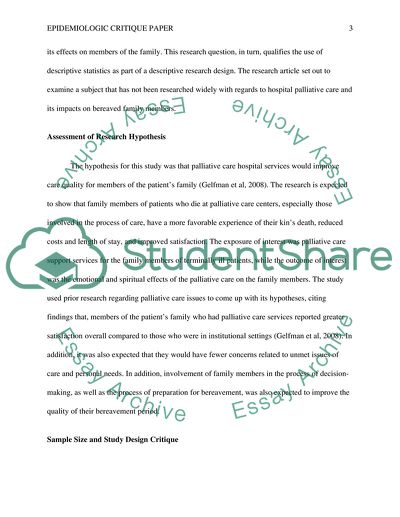Cite this document
(“EPIDEMIOLOGIC CRITIQUE of a scientific literature Statistics Project”, n.d.)
EPIDEMIOLOGIC CRITIQUE of a scientific literature Statistics Project. Retrieved from https://studentshare.org/miscellaneous/1627648-epidemiologic-critique-of-a-scientific-literature
EPIDEMIOLOGIC CRITIQUE of a scientific literature Statistics Project. Retrieved from https://studentshare.org/miscellaneous/1627648-epidemiologic-critique-of-a-scientific-literature
(EPIDEMIOLOGIC CRITIQUE of a Scientific Literature Statistics Project)
EPIDEMIOLOGIC CRITIQUE of a Scientific Literature Statistics Project. https://studentshare.org/miscellaneous/1627648-epidemiologic-critique-of-a-scientific-literature.
EPIDEMIOLOGIC CRITIQUE of a Scientific Literature Statistics Project. https://studentshare.org/miscellaneous/1627648-epidemiologic-critique-of-a-scientific-literature.
“EPIDEMIOLOGIC CRITIQUE of a Scientific Literature Statistics Project”, n.d. https://studentshare.org/miscellaneous/1627648-epidemiologic-critique-of-a-scientific-literature.


